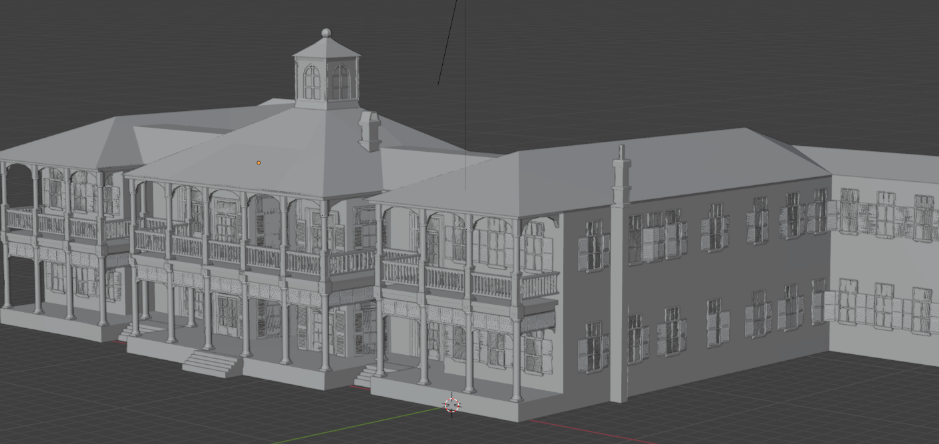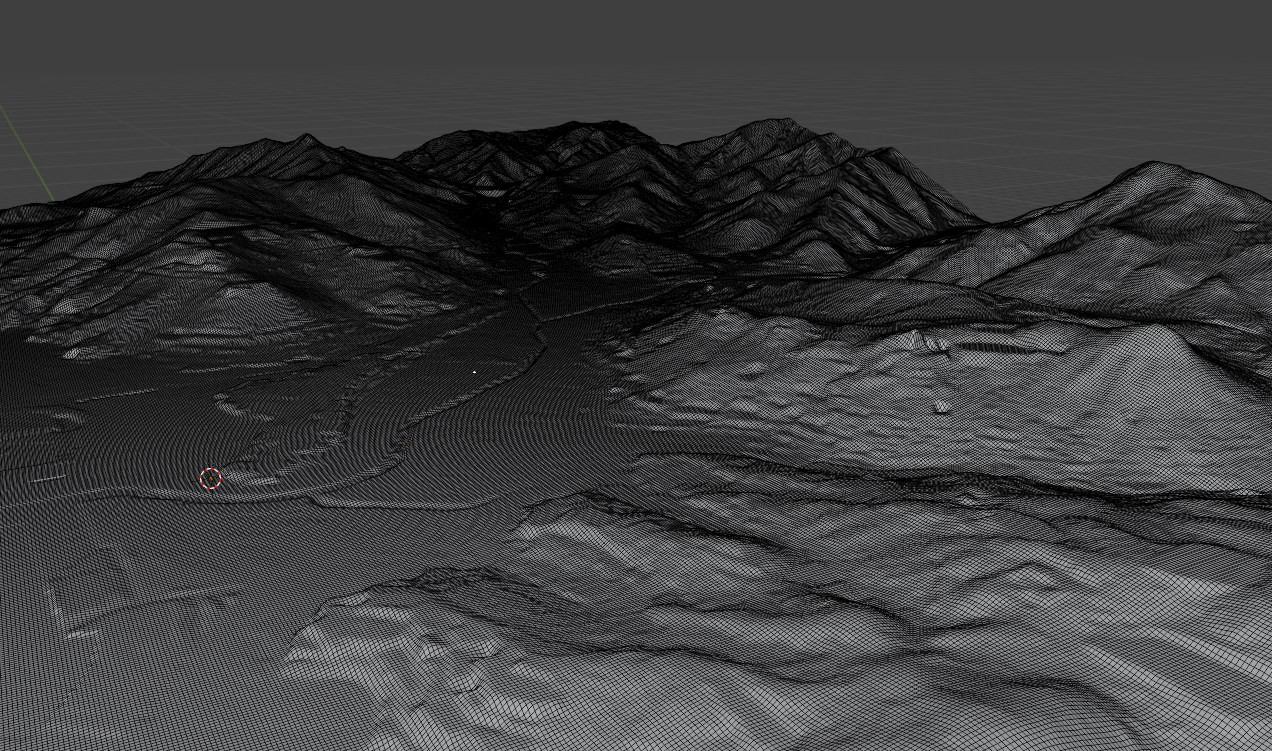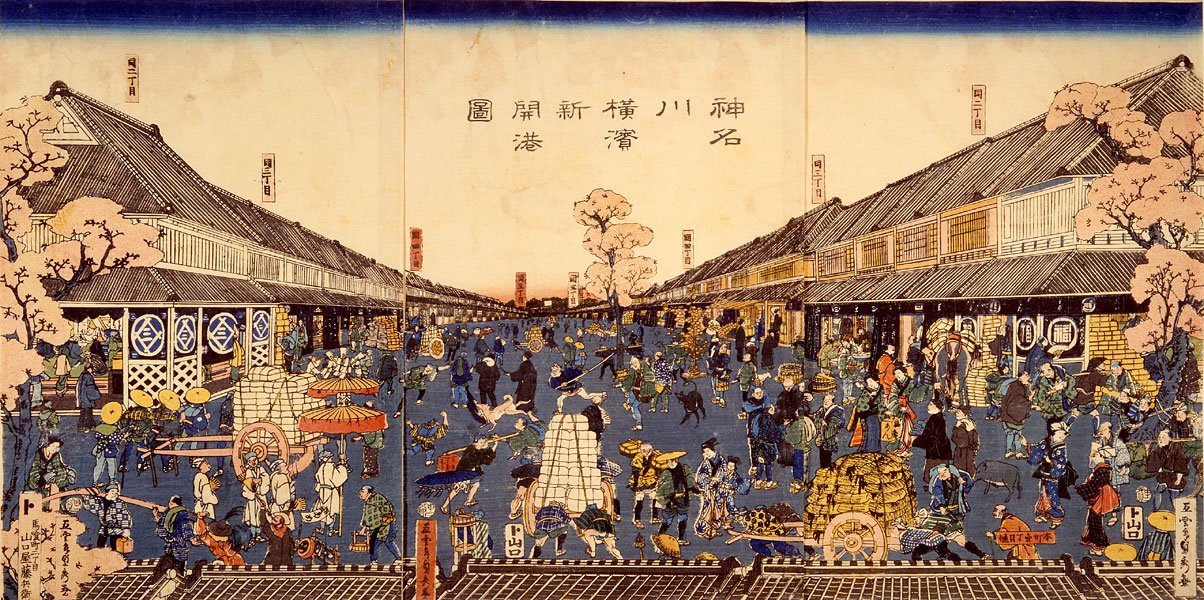
A Living Map: Rebuilding Treaty Port Nagasaki
In 1871, down-on-his-luck samurai Toyama Ichiya decided to try his luck in the treaty port city of Nagasaki. The city was a world unto itself, where fortunes could be made and lost, where goods from all over the world could be found, where there was just enough confusion about who was in charge to make fraud a lucrative enterprise. Toyama chose fraud and, only a few months after arriving, fled the city with a small fortune that was meant to buy tobacco he didn’t know how to get and no intention of ever returning. Toyama’s story–and eventual trial–is one of many that unfolded in the treaty port. While he was in Nagasaki, he rubbed shoulders with merchants, diplomats, missionaries, vagrants, sailors, innkeepers, shopkeepers, and families from dozens of different nationalities who mixed, mingled, and squabbled within the city’s borders. This Nagasaki has been lost to time. Can it be rebuilt?
In the first stage of this long-term project, the team will combine GIS data, historical research, 3D modeling, and video game engines to create an interactive 3-D map of the city of Nagasaki that will serve as the foundation for future interactive projects. In addition to creating this foundation, the team will explore what kinds of narratives, special effects, or modes of interactivity could bring the map, and the city, to life.






Apply by Wednesday 9 April, using this short survey
The application process is competitive. No prior experience is required, but an ideal team will include students with a combination of:
GIS software experience
3D Modeling experience (Blender, Autodesk Maya)
Computer Science / coding experience
Japanese literature, culture, history, and/or language skills
Experience in background music and/or sound design
Strong creative and/or analytical writing skills
Students with any of the above are encouraged to apply.
Digital Humanities Intern Responsibilities
Familiarize yourself with the historical background
Take the lead on your portion of the game, and assist on others
Find historical artwork, develop original artwork, or a combination thereof
Write text and integrate it into the game
Design and code the game
Create an engaging user interface.
Participate in testing and refining the game created by the group.
Attend weekly meetings on TBD.
Learning outcomes
Interdisciplinary research experience focused on Japanese history and culture
Gain familiarity working with and interpreting textual and visual sources for a public audience
Experience working as part of a team to complete a real, useable project
Coding experience
